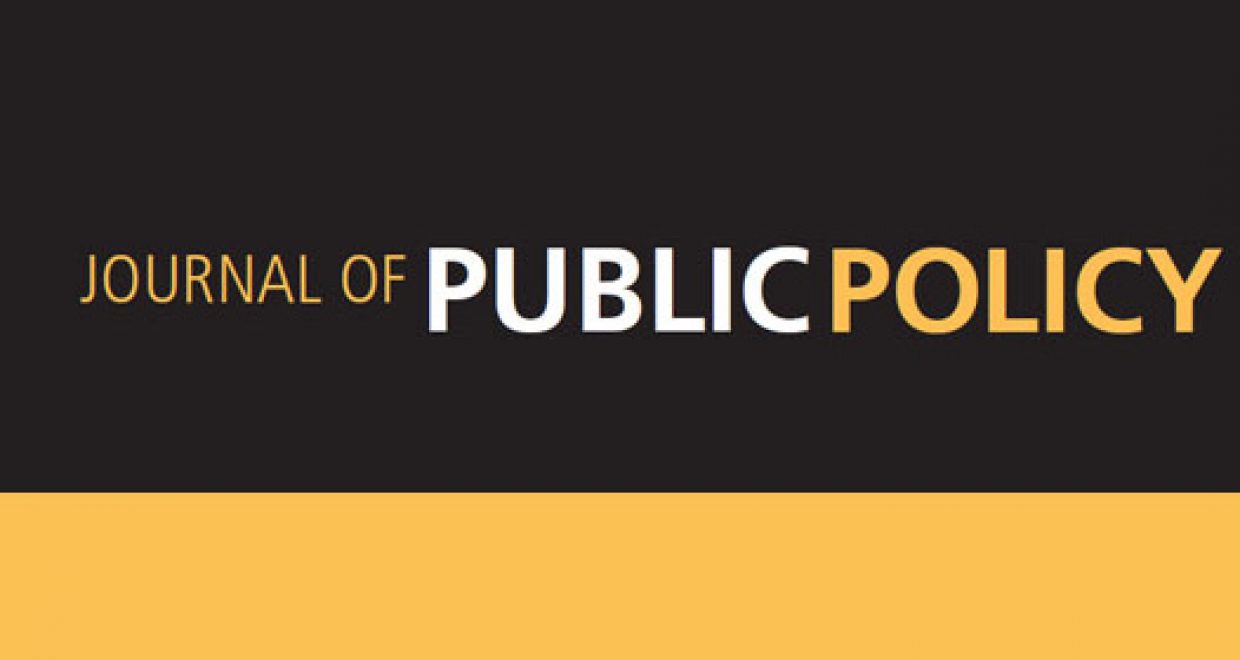How to pull policies out of the mud – and how they get stuck in the mud again
How was it possible for the Affordable Care Act (ACA) to become established as a major health care reform despite being highly controversial? Why was it possible to introduce health care reforms in Germany after decades of reform blockades? Generally speaking, how are policies pulled out of the mud, and why do they get stuck in the mud again? These questions concerning the emergence, dominance, and decline of policy programs in policy sectors are explored in our Open Access article on “Policy Program Cycles Through Old and New Programmatic Groups” and answered with respect to the German health policy sector. We present a new actor-centered perspective on the success and decline of policy reform activities. The Programmatic Action Framework (PAF) emerged from the observation of long-term cooperation based on shared biographies and joint career interests. Programmatic actors form programmatic groups around a policy program to achieve their visionary and career-oriented goals.
Policy programs are a set of policy goals and related instruments that are based on a collective perception of problems and their resulting solutions. Programmatic actors are individuals that are committed to the success of this program. Programmatic groups are social groups who develop a social identity connected to the policy program, a programmatic identity. The article gives insights into policy program’s persistence, which typically runs through a cyclical pattern divided into four phases. As soon as a program becomes less dominant, it makes way for other policy programs to rise.
- Phase I: The policy program is being developed by the programmatic group and serves as an instrument in the struggle over authority in the policy sector. It is the aim to make the policy program successful, as it decides the fate of the programmatic group. This phase is independent of other existing programs.
- Phase II: The developed policy program achieves a breakthrough and becomes successful and dominant. This is more likely if there is no other dominant policy program.
- Phase III: As a result of the breakthrough, the program gains popularity among actors in the subsystem who benefit from participating in the programmatic group and gain powerful positions. The programmatic group prospers, and its power increases correspondingly. In this phase, the policy program and its programmatic group are almost invincible.
- Phase IV: At one point in time, when the programmatic group’s resources in terms of powerful positions and influence diminish, internal competition within the programmatic group arises over remaining resources. The policy program and the associated programmatic group become less attractive to outsiders and start losing popularity and authority. Once the policy program and programmatic group in power have achieved the height of their dominance, the likelihood increases that other programmatic groups and their policy programs become successful.
We assume that policy programs are more likely to persist over a longer period of time
- the more institutions maintain their dominance through programmatic actors
- the more authority programmatic actors have
- the higher the variety of power positions that the members of the programmatic group occupy
- the less a policy program is associated with prominent figures of partisan competition.
The phased circular process of the emergence and persistence of policy programs is specifically applied to and tested on health policy in Germany. The empirical study demonstrates all four phases of a policy program. Our article contributes to the understanding of long-term policy stability and policy change in areas close to the state, such as transportation, education, defense, and health.
– Nils C. Bandelow and Johanna Hornung, both TU Braunschweig.
– The authors’ Journal of Public Policy article is available free of charge.




